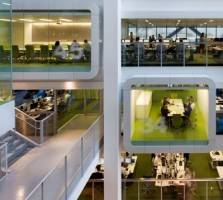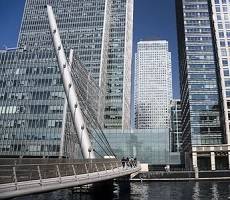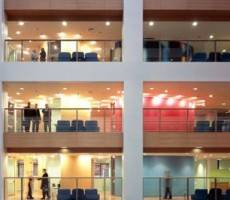April 25, 2015
The latest issue of Insight Weekly is available to view online 0
 In this week’s issue; the ten most sustainable buildings in North America; Mark Eltringham examines the ways different countries approach ergonomics. Steve Taylor looks at the evidence for doing less sitting and more standing at work, while a new report from the Work Foundation sets out the challenges facing the next UK government to improve the health of the country’s workforce. In news; Facebook almost doubles the size of its London HQ, the adoption of flexible working by UK organisations increases by over a third and new data shows that the UK office market is growing as employers strive to create environments designed to enhance staff wellbeing. Sign up to the newsletter via the subscription form in the right hand sidebar and follow us on Twitter and join our LinkedIn Group to discuss these and other stories.
In this week’s issue; the ten most sustainable buildings in North America; Mark Eltringham examines the ways different countries approach ergonomics. Steve Taylor looks at the evidence for doing less sitting and more standing at work, while a new report from the Work Foundation sets out the challenges facing the next UK government to improve the health of the country’s workforce. In news; Facebook almost doubles the size of its London HQ, the adoption of flexible working by UK organisations increases by over a third and new data shows that the UK office market is growing as employers strive to create environments designed to enhance staff wellbeing. Sign up to the newsletter via the subscription form in the right hand sidebar and follow us on Twitter and join our LinkedIn Group to discuss these and other stories.





















March 31, 2015
Time to move on from the anachronistic display screen equipment regulations
by Mark Eltringham • Comment, Legal news, Wellbeing, Workplace design
Not much of a guide to milking a Friesian
The European Display Screen Equipment Regulations were introduced in 1992 as a way of improving the posture and wellbeing of people working on computers in the office. That’s a long time ago. Too long, in fact. Here’s a list of thing that have happened since then – 1. The Internet. Actually, we can stop there. Any piece of workplace legislation that predates the Internet almost certainly won’t be fit for purpose, not least one that is based on how we should work with computers. Yet there it all is on the Health and Safety Executive (HSE) website. It’s all so hopelessly out of date, it’s like starting a farm using an Altamira cave painting as your guide. At the most straightforward level, you can take an image from one of the published guides such as this (below) and play a little game of spot the anachronism.
More →